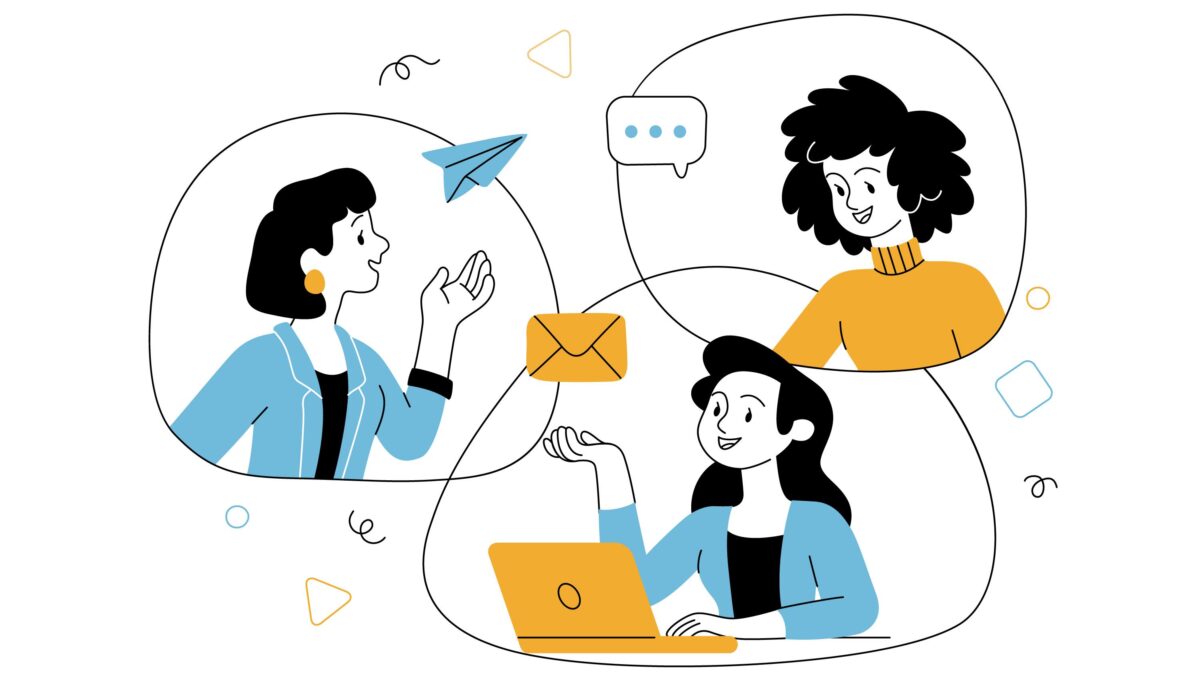AI in Email Marketing: The Shift from Segments to Individuals
Table of Contents
Introduction
For years, email marketing relied on broad audience segmentation—grouping users by demographics, behavior, or purchase history. While this approach worked, it often missed the mark in delivering truly relevant content. Today, AI is rewriting the rules by enabling hyper-personalized experiences that treat every subscriber as an individual, not just a segment.
In 2025, marketers are embracing AI not just for automation, but for intelligent decision-making, predictive personalization, and real-time content adaptation.
Why Segmentation Alone Is No Longer Enough
Traditional segmentation uses static criteria like:
- Age
- Gender
- Location
- Last purchase date
However, these segments are limited in:
- Responsiveness (they don’t adapt in real time)
- Granularity (they overlook subtle behavioral cues)
- Relevance (customers within the same segment may still have wildly different intents)
That’s where AI makes the difference—by learning continuously and personalizing messages at scale, based on real-time data.
How AI Transforms Email Marketing (With Use Cases)

Let’s break down how AI is revolutionizing email marketing in 2025:
Predictive Personalization
AI algorithms can forecast what a subscriber is most likely to engage with—before they act.
Example:
Netflix-style content recommendations in newsletters based on user preferences, not just demographics.
Send-Time Optimization
Instead of blasting emails at a fixed hour, AI determines when each individual is most likely to open their email.
Example:
Tools like Seventh Sense help brands boost open rates by using AI to time delivery precisely.
Subject Line & Content Generation
Generative AI tools now assist marketers by creating subject lines, intros, and CTA blocks tailored to the user’s behavior and profile.
Tools like: Jasper, Copy.ai, and Phrasee
Real-Time Content Adaptation
AI systems dynamically update email content based on:
- Recent website visits
- Cart abandonment
- Engagement history
- Current location or time of day
Example:
A retail brand’s email showing different product recommendations to the same user depending on their current activity.
Benefits of AI-Driven Individualization
| Benefit | Impact on Email Marketing |
| Higher Open Rates | Personalized subject lines outperform generic ones |
| Increased Engagement | Content relevancy drives more clicks |
| Reduced Unsubscribes | Relevant messages reduce user fatigue |
| Better Conversions | Timely, targeted offers boost sales |
Real-World Success Story: Sephora
Sephora uses AI to personalize its email campaigns based on user behavior, previous purchases, and preferences.
- 80% of their email content is dynamically generated
- Personalized product carousels lead to 2x higher conversion rates
- AI tracks browsing history to recommend exact-match beauty items
This kind of 1:1 targeting would be impossible at scale without AI.
See Also: AI in Email Marketing: Revolutionizing Customer Engagement and Campaign Success
Step-by-Step: Implementing AI in Your Email Strategy
- Choose the Right ESP/CRM
Opt for platforms that support AI and automation (e.g., Klaviyo, HubSpot, Salesforce Marketing Cloud). - Integrate Behavioral Data Sources
Feed your AI with real-time data from your website, app, and CRM. - Use Predictive Models for Segmentation
Go beyond static segments—build lookalike audiences or intent-based triggers. - Test and Iterate Using AI
Let AI continuously test subject lines, CTAs, and creative to find the best combination (A/B/n testing at scale). - Monitor KPIs
Track engagement rates, open/click-through rates, unsubscribe rates, and ROI to measure success.
Take advantage of our cutting-edge email automation and personalization tools to drive conversions. Explore Email Marketing Services
Future Outlook: What’s Next in 2025 and Beyond?
As AI tools evolve:
- Generative email experiences will create unique newsletters per user in real time.
- Voice-based email interactions (especially on smart devices) may become mainstream.
- Zero-party data strategies will allow customers to shape their own email experiences—guided by AI.
The future of email is no longer about lists. It’s about individuals—and AI makes that future achievable today.
Final Thoughts
AI is not just a tool—it’s a shift in mindset. Marketers who embrace the move from segments to individuals will outperform those clinging to traditional tactics. The brands that win in 2025 are those that treat every email not as a broadcast, but as a personal conversation.
Call-to-Action:
Grow Leads with Expert Whitepaper Syndication
“Tap into high-intent audiences and accelerate your lead generation — explore our Whitepaper Syndication service now!






